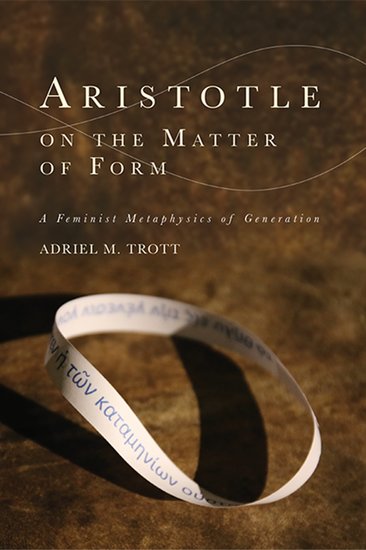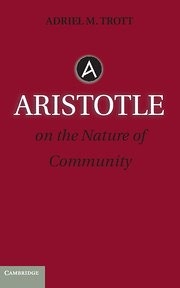Hadestown on Broadway

I love Anaïs Mitchell’s album “Hadestown,” (2010) which I blogged about in 2015. I was thrilled to learn that the album, which was composed as a folk opera, had been turned into a Broadway show now running at the Walter Kerr theater. For my birthday in the spring, Jeff proposed that we go. We saw it on Wednesday. It’s good. It’s about art broadly construed and politics and what art should do and how art fails politics and what to do with the failure. It’s a show about Eurydice and Orpheus. It’s a show about right now. The end of the show found me with tears streaming down my face. So I think it did its job.
Orpheus is a songster. He is able, not only to move the world, but to change the world, with song. This is depicted in the show with the appearance of the red flower as if out of thin air, but really, out of Orpheus’s song when he sings. He moves the cynical Eurydice to fall in love with him. But Eurydice, being mortal, dies, and Orpheus is lovelorn. He descends into Hades to try to retrieve her. In Hades, there is no forward movement and no memory, not even of one’s name. Hades keeps Persephone in the Underworld, and she has become a bit of a drunkard having to put up with him. Drunk Persephone in the underworld means no growth or life in the world above.
Hades sings my favorite song of the show, “Why Do We Build the Wall.” Why do we build the wall? he asks. We build the wall to keep us free. Why does the wall keep us free? Hades asks. The wall keeps out poverty. What do they want what we have got? We have a wall to walk upon. The song’s logic is that we have a wall to keep out poverty. And what those who do not have do not have is a wall to keep out others. This, the logic of the song suggests, is freedom.
Having this song sung in Hadestown brings out the force of the logic of building a community on the logic of exclusion and forging a notion of freedom based on having what others do not have. Furthermore, the show depicts how very impoverished Hades is as a person and as a place by this logic. No one wants to be in Hadestown. The stage setting that has the chorus as the workers of Hadestown work as if in a prison chain gang going in circles around the stage with no end in sight and no progress to be made perfectly captures the vacuity of a project built on having what others do not. If this is freedom, it is the most joyless freedom.
This song is not the first suggestion that the story is a political one. The earlier song, “When the Chips are Down,” sung mostly by the Fates raises the question of how one responds “when the chips are down.” What do we do when the world is awry? Hades puts up the wall. Orpheus tries to break it down.
Into this space, Orpheus comes and asks for Eurydice back. No one has ever left the Underworld, Hades says. This is not quite true, Odysseus came to visit and left. And Persephone leaves for half the year every year. Persephone’s leaving that brings forth colorful flowers and life is a harbinger of the hope that Orpheus has for the life he could have when he leads Eurydice back. Orpheus is the inverse of Hades wishing to lead Eurydice out toward a life of possibility and promise rather than leading Persephone down into a life of death and futility.
Hades tells Orpheus that Eurydice can go if he agrees not to look back while leading her out. Hades says that not seeing her his doubt about their love will set in, his own self-doubt, and he will not be able to do it. And Orpheus tries. He plays his song, his beautiful moving song, to strengthen his resolve, to assure Eurydice behind him. The way is long. He seems confident at first. And then, suddenly, he turns. She cries his name, and disappears.
This leads to the strongest moment of the show, the part that had me in tears. On the album, the show ends with Persephone singing a song to Orpheus. But the show smartly gives the last word to the narrator of the story, Hermes, played by Ándre de Shields (By the way, I thought the decision to cast both Hermes and Persephone with Black actors contributed in large part to the political dimensions of the story by making the messenger of the situation of things a Black man and the kidnapped Queen of the Underworld a Black woman.) Hermes breaks the fourth wall, stepping out of the story to raise the question of why they keep telling the story if they know what will happen. Hermes says that they will keep telling the story, a clever closing to an audience sad to see the end of the show. But he suggests that they do because maybe it will turn out differently.
Throughout the production, Orpheus’s song is presented as producing the world as it could be in a break from the world as it is. The red flower breaks into the monotony of Hadestown. The motto for the show, “Come see how the world could be,” casts art and music in the revolutionary role of imagining otherwise.

The players themselves, then, comment on why they engage in revolutionary storytelling about a world that could be otherwise in a story about an artist / musician who fails to make the world otherwise. Instead of considering that the failure of the art, the show keeps on telling the story, the story of the failure, in a Nietzschean eternal return of the same, with the hope that the retelling itself even as it fails might have an effect on a world that would drive us around the wheel of “freedom” based on “having what they have not.” The story’s failure by failing would appear to produce more capacity to see the world as it could be than a “happily ever after” Disney story could ever do. That story is a lie. The failure’s truth is not only that this is how the world is but that art can make the world otherwise by retelling the story even of art’s specific failures to make things otherwise.
This is the story that leaves us with tears streaming down our cheeks and with a renewed effort to see the world as it could be. It isn’t a world with walls.




